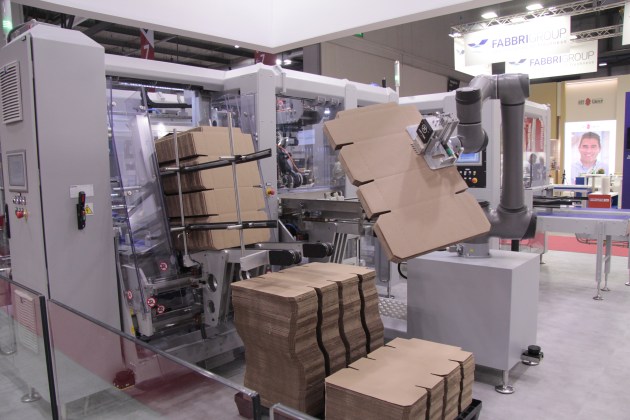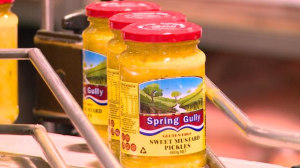Packaging automation specialist Cama has developed an automatic carton loading solution that uses collaborative robotics and vision technology to automate the previously manual task of loading carton blanks into magazines – improving efficiency, safety and consistency on the factory floor.
In an industry driven by high-speed automation, a few operations have remained manual holdouts – tasks such as magazine loading, reel handling and quality inspection often still rely on human labour. These processes bring challenges in ergonomics, safety and consistency. Now, Cama has launched its new Automatic Carton Loading (ACL) system to automate one of these persistent pain points: carton blank loading.
Carton blanks are typically produced off-site, stored for long periods, and subject to variations in alignment, structure and moisture content. These inconsistencies can pose problems for traditional automation systems, which lack the flexibility and judgement of human operators.
Automation meets adaptability
Cama’s ACL system combines collaborative robotics with smart vision to bridge this gap. The system is designed to replicate – and enhance – human handling of carton blanks. It features a three-axis collaborative robot equipped with customisable, product-specific gripping tools, supported by 2D/3D or AI-enabled vision systems that detect pallet orientation, stack arrangement and interlayer sheets.
Once the carton configuration is recognised, the robot automatically grips and loads blanks into the magazine of a packaging machine. The system can also handle sealed boxes and perform auxiliary tasks such as removing straps, tearing off box lids, and adjusting for different carton sizes on the fly. If a pallet cannot be processed, the system will flag the need for human assistance.
Flexible and factory-ready
Designed for seamless integration with Cama’s packaging equipment, the ACL system can be tailored to suit a site’s floorplan and communicate with both upstream and downstream processes. For facilities using autonomous mobile robots (AMRs) for material movement, the ACL can be configured to synchronise with these inputs.
It is also fully compliant with safety regulations and can safely share workspace with human operators. With its all-electric build, the unit requires minimal maintenance, allows for remote monitoring, and feeds data into analytics systems for operational insights.
By automating the carton magazine loading process, Cama’s ACL system relieves operators from repetitive, physically demanding tasks while increasing throughput and reducing error rates. The collaborative robotic arm delivers reach and power beyond human capability, while smart sensors mimic the sensitivity and precision of the human touch.
Mobility in automation
While the current ACL system is designed for fixed positions, future iterations may bring mobility into the equation. In facilities with multiple storage areas but lower cycle times, deploying one robot per zone may not be cost-effective. For these environments – or where space is constrained – a mobile ACL system capable of navigating autonomously could provide the next evolution in packaging automation.
PKN saw the ACL in operation on the IPACK-IMA show floor in Milan in May, and it was notable that the on-stand demonstrations attracted considerable visitor attention.
With this innovation, Cama is targeting improved safety, higher efficiency and better adaptability on the packaging line – a step forward in bringing intelligent automation to every corner of the factory floor.
This article was first published in the July-August 2025 print issue of PKN Packaging News, p46.






